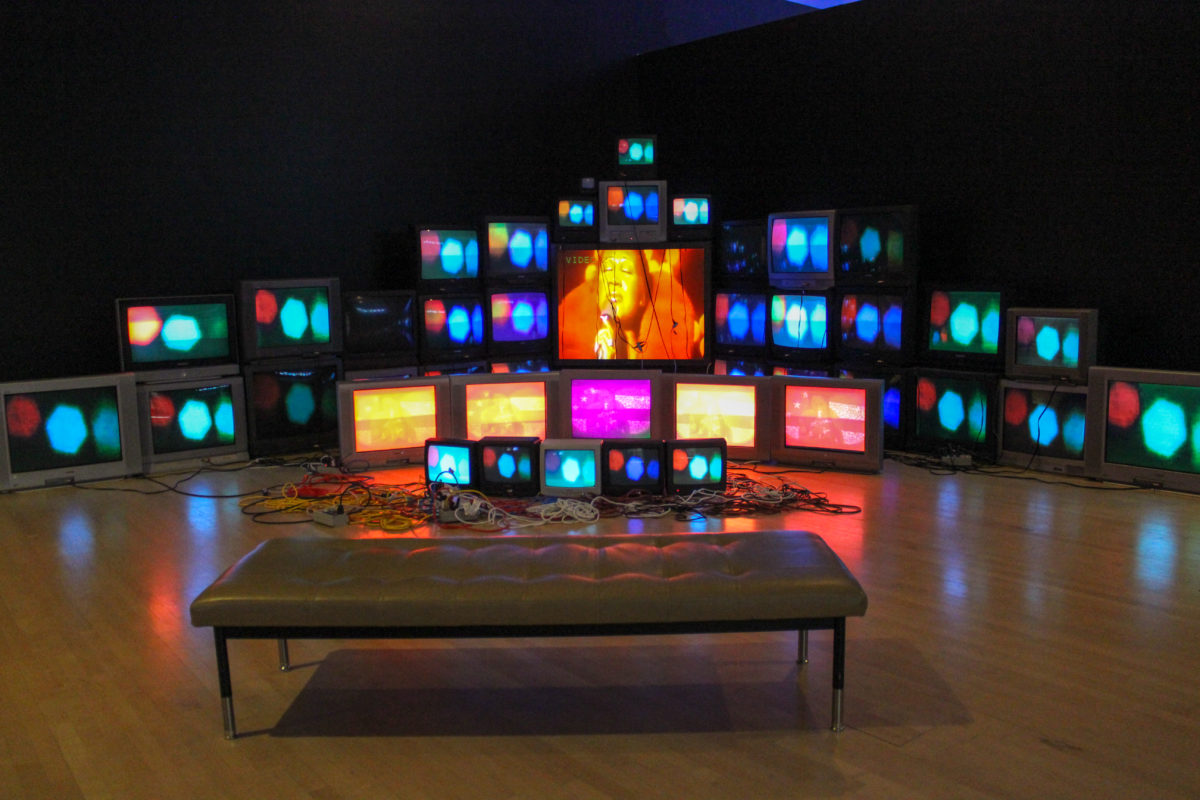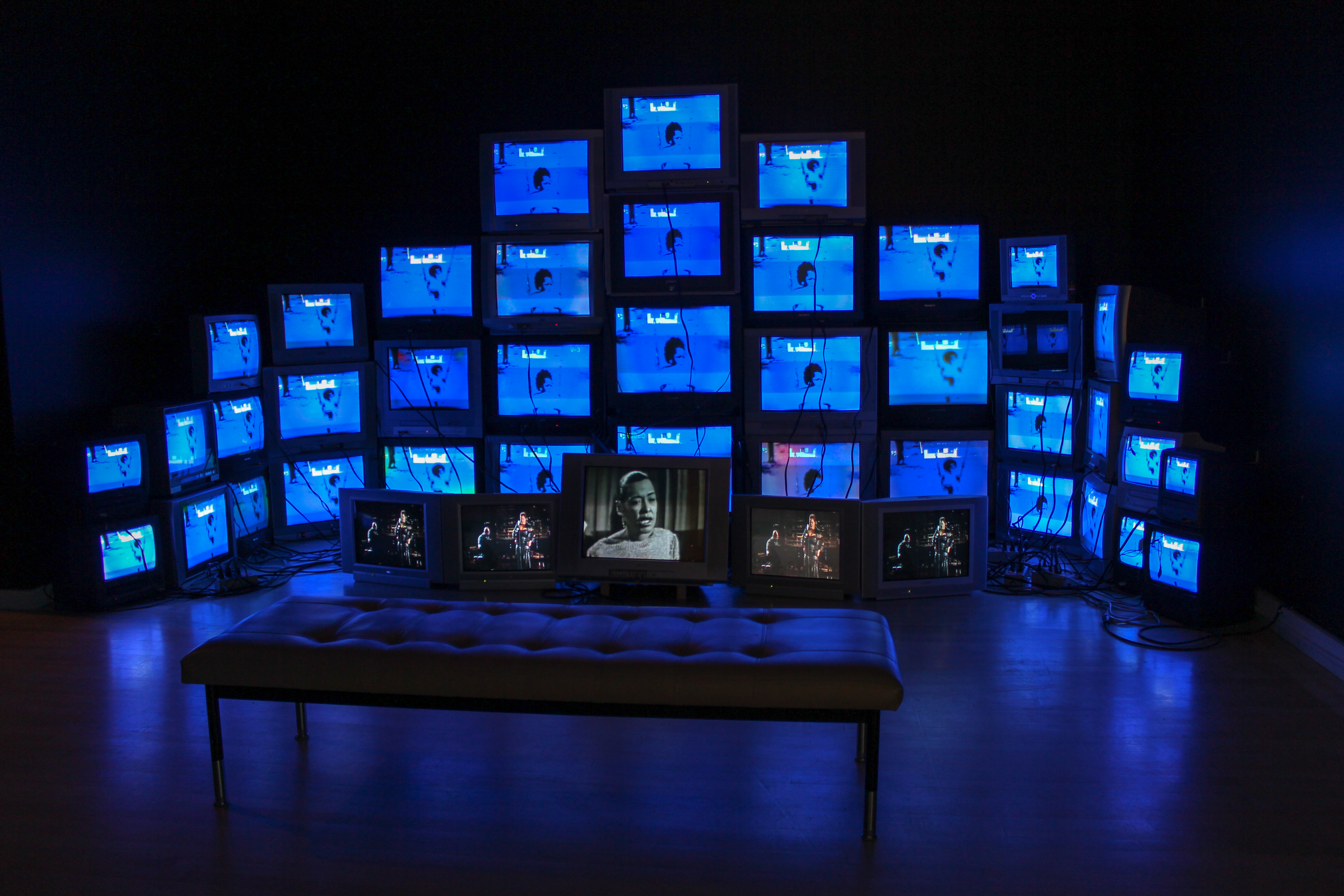
The dark history of slave labor laces through the beautiful homes and lush garden squares of Savannah, Georgia. But inside the Telfair Museum’s Jepson Center for the Arts, contemporary African American creators are celebrated and revered. Two exhibits, “Carrie Mae Weems: Sea Islands Series, 1991–1992” and “Paul Stephen Benjamin: Reinterpreting the Sound of Blackness,” on view through May 6, offer intricate analyses of black culture.
The Carrie Mae Weems exhibit showcases the passion project of the photographer. While studying folklore in graduate school, Weems became fascinated by the Gullah culture found on the sea islands off the coast of Georgia and South Carolina.

Each section of the exhibit displays a framed list of folk superstitions ingrained in the Gullah culture: “If your palm itches you gonna get some money,” “If your nose itches somebody is coming to visit,” “When you move into a new house, remove old spirits by washing around the windows and doors with vinegar water.”
The exhibit provides a meditation on what was lost in the slave era and the traditions that couldn’t carry over. The Gullah inhabitants are living examples of what a chain-free world might have looked like.
The Paul Stephen Benjamin exhibit provides a stark contrast to Weems’ traditional medium. Two media installations sit back-to-back on either side of a wall. They both contain stacks of old, thick grey television sets. Cables litter the ground.
In one installation, the bottom television screens depict Billie Holiday and Jill Scott singing “black bodies swinging in the summer breeze,” from “Strange Fruit,” on a loop. The 40 or so televisions stacked in a semi-circle around the singers depict a black child swinging on a playground. In the other installation, Lil Wayne and Aretha Franklin sing “God bless America” on a loop, surrounded by a display of moving, abstract shapes.
Haunting musical creations result, repeating the same line over and over. Here, Benjamin explores the complexities of racial identity, particularly in performance, where it is often fabricated.
Read the full article in The Bay State Banner.